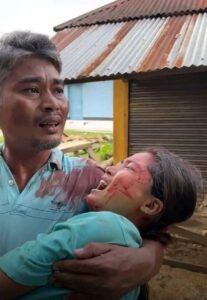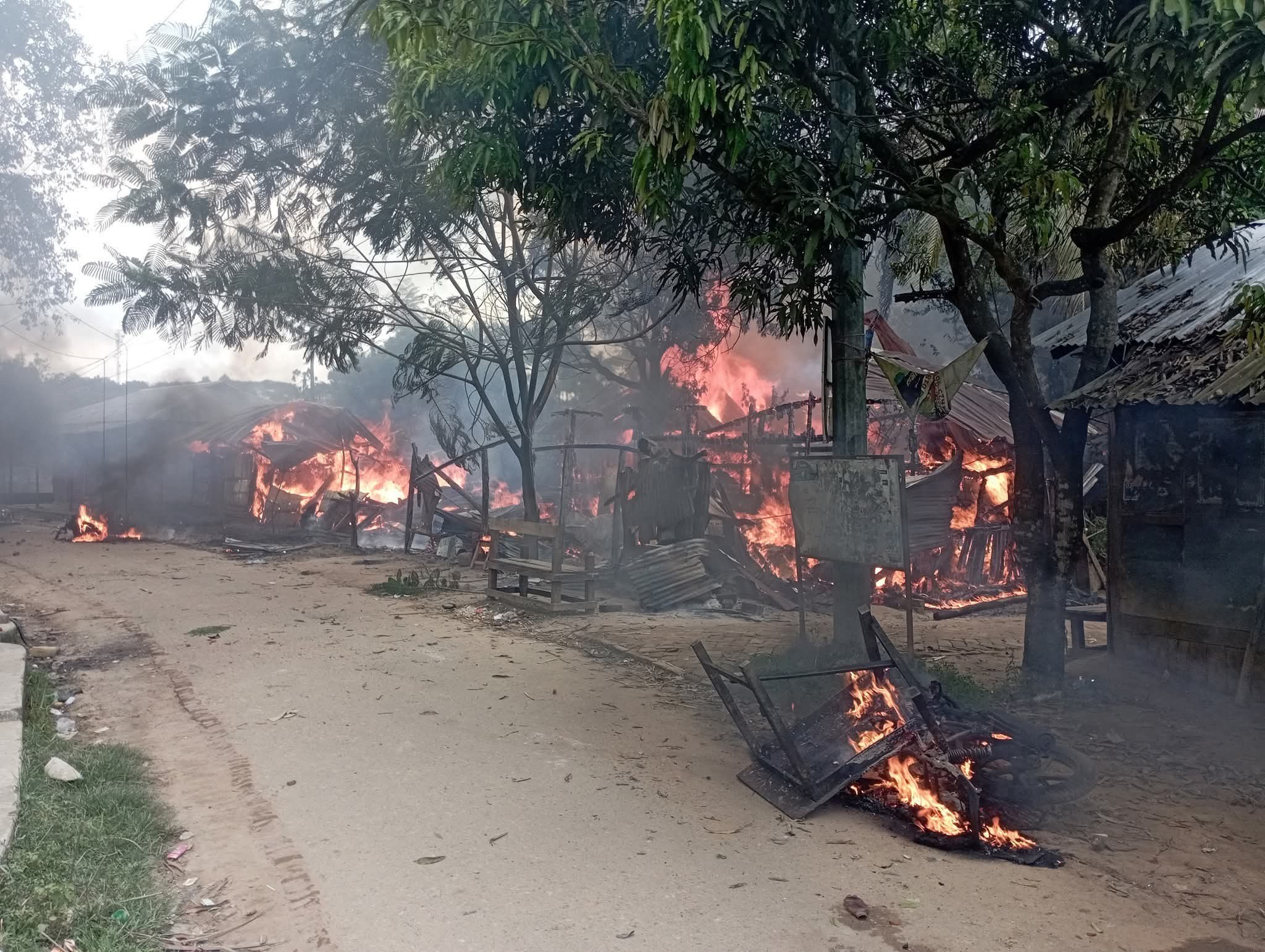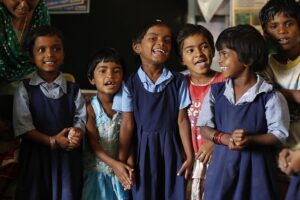Introduction
The Chittagong Hill Tracts of Bangladesh have always been a sensitive region. Its geopolitics, ethnic diversity, and long history are both beautiful and linked with different forms of violence. Yet the incident of September 2025 has shocked the entire nation. A twelve-year-old Marma schoolgirl was gang-raped, and in protest people took to the streets. But the movement that began with the demand for justice soon turned into a bloody clash. In Guimara, at least three people were killed by gunfire, and many others were injured.
This incident is not just the crisis of one district, but it raises the question of Bangladesh’s overall human rights, access to justice, and the security of minority communities. In the last year, this has taken on a terrifying form.
The Rape Case: A Brutal Attack on a Child’s Life
On 23 September, in Khagrachhari Sadar area, an eighth-grade Marma schoolgirl was gang-raped by three men while returning home after private tuition. Her family found her unconscious in a field late at night and admitted her to hospital.
On 24 September, the victim’s father filed a case at Sadar Police Station. Police quickly arrested one suspect and took him into remand through the court. Although the administration claimed the investigation was underway, the local people did not trust it.
Their fear was that—like many other rape cases that disappear into a black hole of impunity—this case too might face the same end. In the past, many offenders managed to escape justice.
The Eruption of Protest
The demand for justice kept growing. The local organization “Jumma Student–People” called for a day-long road blockade on 27 September.
The Chattogram–Khagrachhari, Rangamati, and Sajek roads were shut down.
Tires were burnt and tree trunks were used to block the roads.
Daily life came to a standstill; tourists and ordinary people were trapped.
The protesters’ message was clear: without a fast and transparent justice process, they would not remain silent. This movement was an effort to achieve justice, where people believed that silence meant becoming an accomplice to injustice.

Marma teenage girl shot by army gunfire
Turning Into Violence: A March of Death
On 28 September in Guimara upazila, the situation turned dire. In a clash between protesters and police, at least three people were killed.
According to government reports, among the injured were 13 army members, 3 policemen, and local people.
The bodies of the dead were taken to Khagrachhari Sadar Hospital, but their identities were not confirmed at first. Later, it was learned that they were all from the Marma minority community.
During the protests, local markets belonging to Marma and Chakma minorities were set on fire, shops were vandalized and looted.
It is still unclear whose bullets killed the minority people. The government claimed that the deaths happened due to attacks by “miscreants.” On the other hand, locals said they were killed by police gunfire. Whatever the truth, these deaths have exposed a deep crisis of trust between the state and its citizens.
Human Rights Analysis: Why This Incident Matters
This event brings forward some fundamental questions:
1. Where is the guarantee of justice?
Violence against women and children is not new in Bangladesh. But in most cases, after a case is filed, long delays, pressure from the powerful, and the culture of impunity prevent victims from getting justice. The people of Khagrachhari came out in protest fearing exactly this.
2. The security of minority communities
Minority communities of the Hill Tracts have long lived under discrimination and insecurity. Since the dead were members of the Marma community, this is not only about violence against women and children, but also about the crisis of minority security. Not just this—across Bangladesh in the past year there has been continuous targeting of minorities.
3. The state’s responsibility and accountability
In its statement, the government called the dead “miscreants.” But the question is: were the protesters really miscreants, or were they ordinary people deprived of justice? Such statements call into question the state’s duty to protect human rights.
4. Violence against women: an ongoing epidemic
A twelve-year-old child being raped shows the terrible picture of women and children’s security in our society. In Bangladesh, on average, multiple rapes occur every day. Without state and social resistance to this culture, the situation will become even worse.
Reflection of a National Crisis
The tragedy of Khagrachhari is not an isolated event. It reflects Bangladesh’s human rights crisis.
Rape and violence against women are structural problems.
The insecurity of minority communities is a long-standing reality.
The culture of impunity turns public anger into violence.
These three factors combined have bled Khagrachhari today.
The International Perspective
The United Nations, Amnesty International, and Human Rights Watch have repeatedly said that the rights of women and minorities in Bangladesh are under threat. The Khagrachhari incident has proven those warnings true once again.
What Needs to Be Done: How to Face the Crisis
Ensure speedy justice – Special tribunals must be used to fast-track rape cases.
Protect minority communities – Along with military and police activity in the Hill Tracts, a political solution must be found.
State accountability – The families of the dead must receive compensation, a fair investigation, and strict punishment of those responsible.
Increase social awareness – Families, schools, and society must be more active for the safety of women and children.
International monitoring – Observations and pressure from international human rights organizations can help make the state accountable.
Conclusion
The tragedy of Khagrachhari has taught us that the absence of justice does not remain inside the courtroom. Its effects spread into society, giving birth to new violence and taking innocent lives.
Failing to protect a twelve-year-old child, failing to ensure her rightful justice, and turning guns on protesting citizens—these are the naked displays of the state’s failure to uphold human rights.
If justice is not ensured, tragedies like Khagrachhari will return again and again. And each time, innocent lives will be lost, and people’s trust will be broken.




